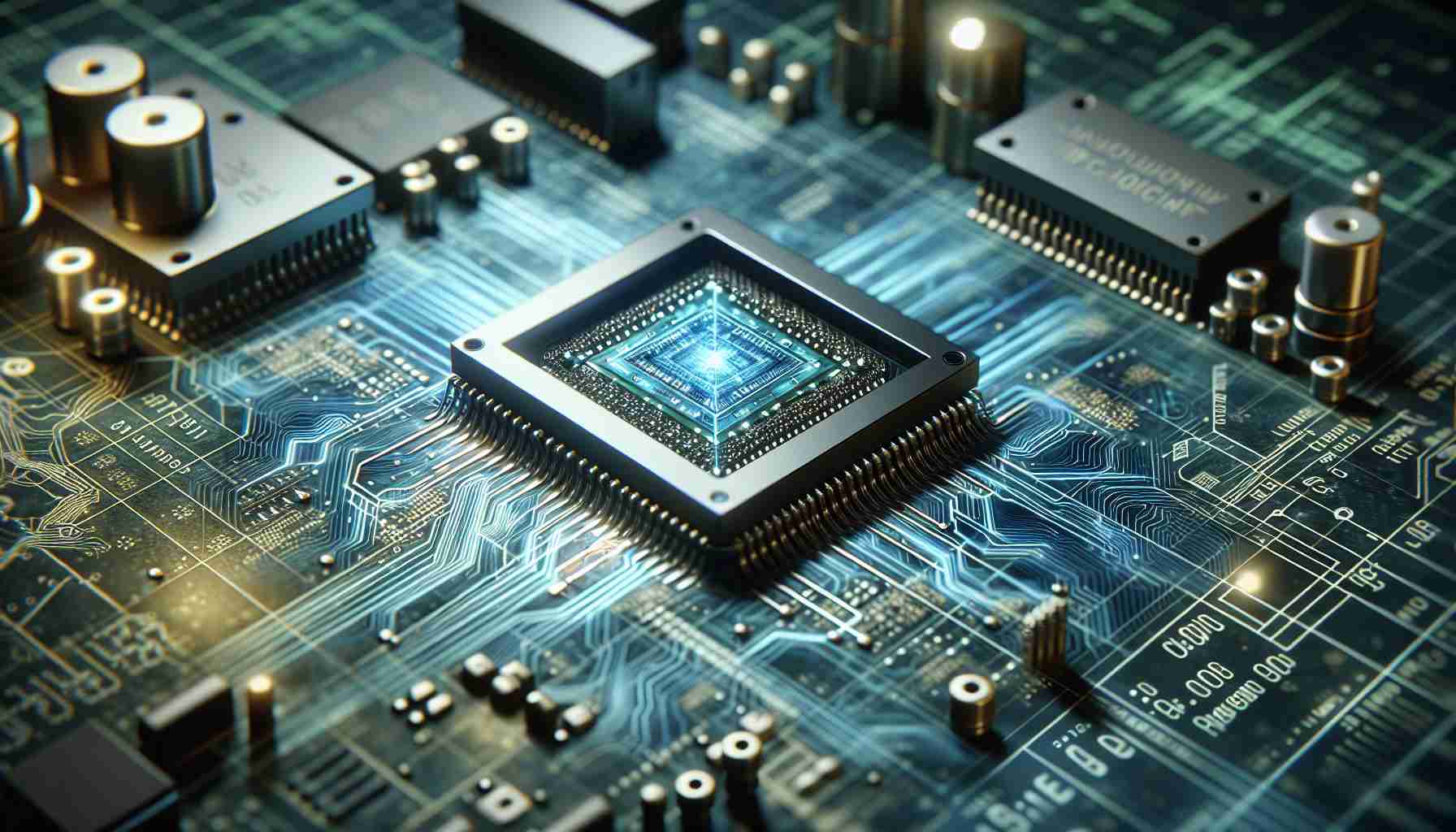Artificial intelligence (AI) has become a driving force in technological advancements, but it comes with a significant demand for computing power. This requirement not only consumes large amounts of electrical power but also generates excessive heat. While this challenge can be addressed in air-conditioned data centers, it becomes even more complex on the “tactical edge” – in demanding environments like Ukrainian mud, Arctic snow, or desert sands.
To tackle this issue, the Defense Advanced Research Projects Agency (DARPA) launched the OPTIMA program in December. OPTIMA, which stands for “Optimum Processing Technology Inside Memory Arrays,” aims to develop compact AI technology by bypassing the size, weight, power, and cooling limitations. DARPA awarded contracts to IBM, Infineon, and three US universities, with a potential total value of $78 million over four and a half years.
DARPA’s OPTIMA program manager, Jason Woo, stated that each recipient has their own unique and innovative approach to address this challenge. However, interviews and communications with the awardees revealed some commonalities and important differences in their strategies.
The central problem addressed by the OPTIMA program involves the movement of data between the memory and processor in traditional chips. As AI relies on complex calculations performed on vast amounts of data, these constant transfers create a significant bottleneck. To overcome this, engineers have been exploring In-Memory Computing (IMC), which involves integrating the processor into the memory to eliminate frequent data transfers.
The OPTIMA program has witnessed breakthroughs in IMC techniques. Princeton University’s team, led by Professor Naveem Varma, devised a unique solution using capacitors instead of semiconductors to transmit analog signals. The distance between these metal wires determines the electric charge, which offers greater energy efficiency. Crucially, Varma’s approach does not require exotic tooling, making it highly accessible as chip manufacturers already employ similar techniques on a massive scale.
Other OPTIMA awardees, such as UCLA and Georgia Tech, also employ analog techniques for miniaturizing AI chips. UCLA uses a widely-available transistor called the 22FDX. By carefully controlling variations in its threshold voltage, the team can encode data much more compactly than alternative approaches. They mitigate the risk of voltage glitches by employing a calibration technique called “write-verify-write,” ensuring data reliability. Similarly, Georgia Tech harnesses transistors to build the capacity for crucial calculations into their miniaturized AI chips.
These groundbreaking advancements in miniaturizing AI chips offer a glimpse into the future of AI technology. By optimizing processing power in a compact form, these innovations will bring AI capabilities to the tactical edge and revolutionize various industries.
FAQ
What is the OPTIMA program?
The OPTIMA program, launched by DARPA, aims to develop compact AI technology by integrating the processor into the memory, eliminating the need for frequent data transfers.
What is In-Memory Computing (IMC)?
In-Memory Computing (IMC) involves placing the processor inside the memory, allowing data to “walk to work” and avoiding the bottleneck caused by constant data transfers.
What are the challenges in miniaturizing AI chips?
The main challenges in miniaturizing AI chips include the size, weight, power, and cooling limitations. Additionally, ensuring data reliability and reducing energy consumption are crucial aspects that need to be addressed.
What are some innovative solutions for miniaturizing AI chips?
Researchers and engineers are exploring various analog techniques, such as using capacitors or transistors, to transmit signals more efficiently and compactly. These solutions offer greater energy efficiency and improved data reliability.
How will miniaturized AI chips revolutionize industries?
By optimizing processing power in a compact form, miniaturized AI chips will extend AI capabilities to challenging environments and revolutionize industries such as military operations, healthcare, autonomous vehicles, and more.
Sources:
– Advanced Computing Systems Association (ACM): https://www.acm.org/
Artificial intelligence (AI) has made significant advancements in technology, but it also presents challenges related to computing power and energy consumption. This issue is particularly complex in demanding environments like Ukrainian mud, Arctic snow, or desert sands. To address these challenges, the Defense Advanced Research Projects Agency (DARPA) launched the OPTIMA program, which aims to develop compact AI technology that bypasses size, weight, power, and cooling limitations.
DARPA awarded contracts to IBM, Infineon, and three US universities, with a potential total value of $78 million over four and a half years. Each recipient has employed their own unique and innovative approach to tackle the challenge. Interviews with the awardees have revealed some commonalities and important differences in their strategies.
The main problem addressed by the OPTIMA program involves the movement of data between the memory and processor in traditional chips. This constant transfer creates a bottleneck for complex AI calculations performed on vast amounts of data. To overcome this, engineers have been exploring In-Memory Computing (IMC), which integrates the processor into the memory to eliminate frequent data transfers.
The OPTIMA program has witnessed breakthroughs in IMC techniques. Princeton University’s team, led by Professor Naveem Varma, developed a unique solution using capacitors instead of semiconductors to transmit analog signals. The distance between these metal wires determines the electric charge, offering greater energy efficiency. Varma’s approach does not require exotic tooling, making it highly accessible as chip manufacturers already employ similar techniques on a massive scale.
Other OPTIMA awardees, such as UCLA and Georgia Tech, also use analog techniques for miniaturizing AI chips. UCLA uses a widely-available transistor called the 22FDX. By controlling variations in its threshold voltage, the team can encode data more compactly. They mitigate voltage glitches using a calibration technique called “write-verify-write” to ensure data reliability. Similarly, Georgia Tech harnesses transistors to integrate crucial calculations into their miniaturized AI chips.
These groundbreaking advancements in miniaturizing AI chips provide a glimpse into the future of AI technology. By optimizing processing power in a compact form, these innovations will extend AI capabilities to challenging environments and revolutionize industries such as military operations, healthcare, autonomous vehicles, and more.
For more information on this topic, you can visit the Advanced Computing Systems Association (ACM) website at www.acm.org.
The source of the article is from the blog aovotice.cz

